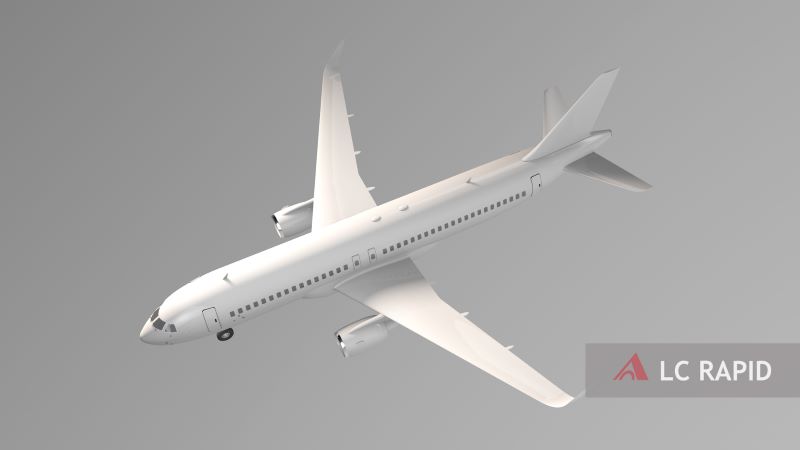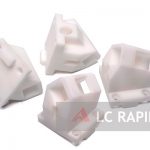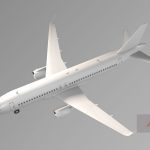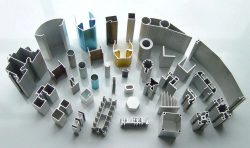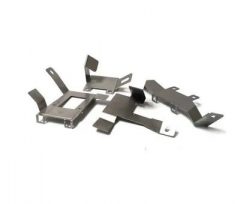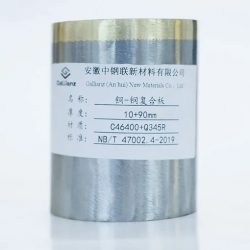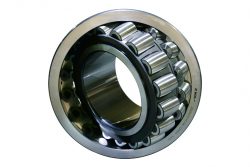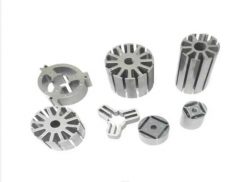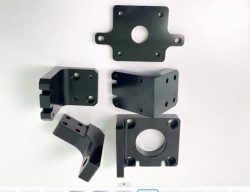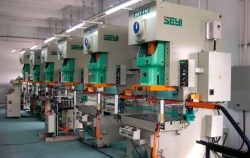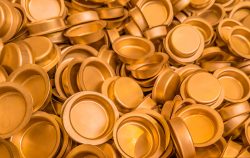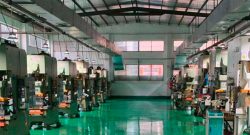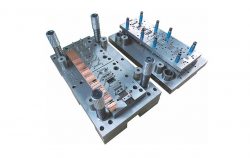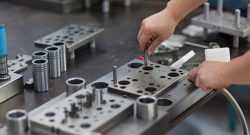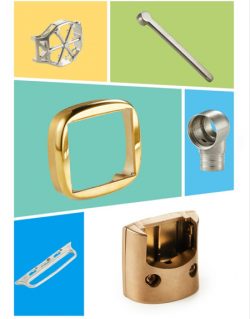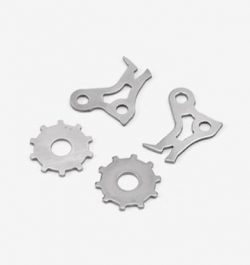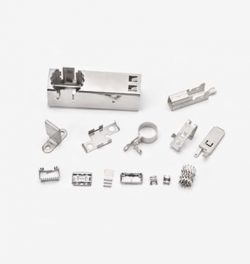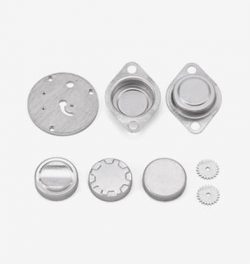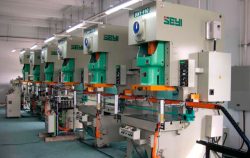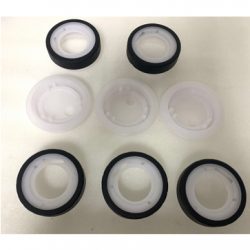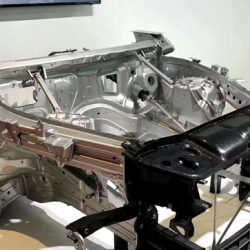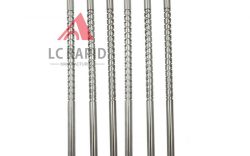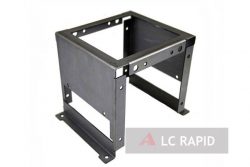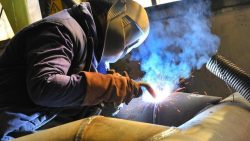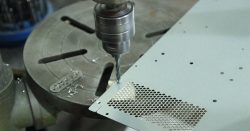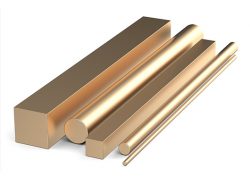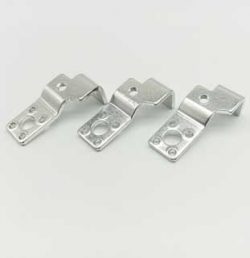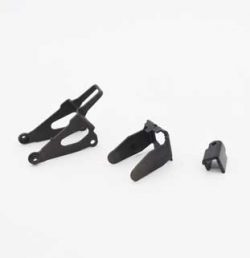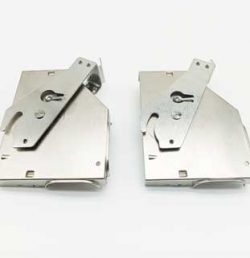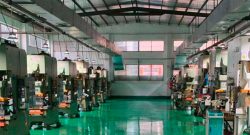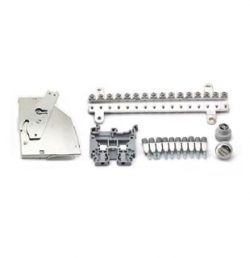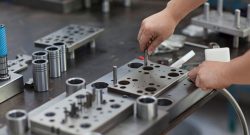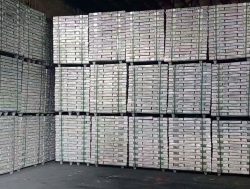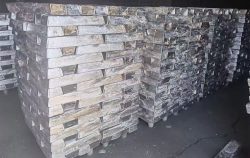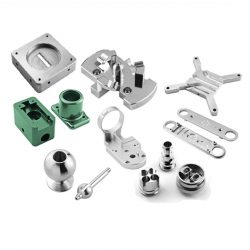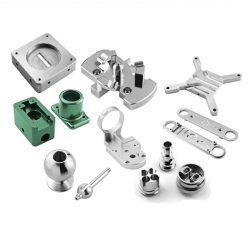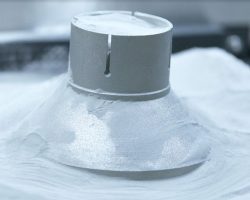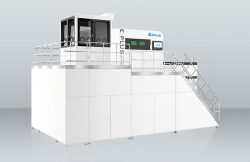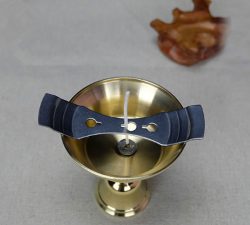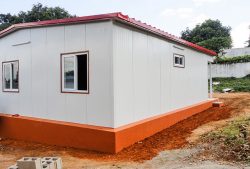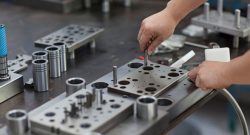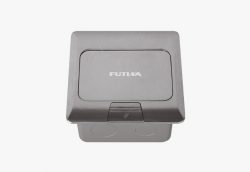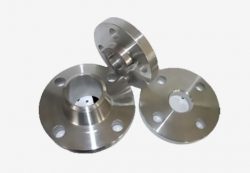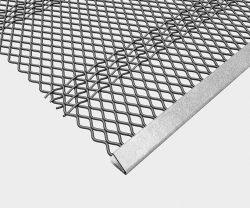IMPACT HYDROFORMING TECHNOLOGY: NO MORE MANUAL MACHINING FOR AEROSPACE SHEET METAL FABRICATION
Date: Nov 13 2020 | By:LC Rapid
Tag:Sheet Metal Fabrication,
1. Development of aerospace sheet metal fabrication (ASMF)
Among the aerospace equipment, sheet metal components are accounted for over 20% out of the total number of manufacturing workload. In contrast, high-strength aluminium, magnesium, titanium and other lightweight alloys of sheet metal components are prone to wrinkling and cracking during formation due to their low plasticity. This issue has always been plaguing the aerospace industry and hindering the light-weighting and integral development.
In particular, the manufacture of alley-complex-shaped thin-walled sheet metal components made of aluminium, magnesium, titanium with the boss, reinforcing ribs and small rounded corners has become an important issue to improve the skill level of aircraft aerospace sheet metal fabrication industry.
2. The formation of new technologies in aerospace sheet metal fabrication
In the process of ASMF operations, the correct and scientific selection of ASMF technologies can ensure the quality of the product processing, in addition to effectively regulate and guide the aerospace sheet metal fabrication working process. This is the reason that it is necessary to carry out a compelling and in-depth study of the product processing to ensure that the ASMF technology can meet the needs of sheet metal processing.
The combination of fluid-filled deep-draw forming technology and high-speed impact forming technology resulted in a new impact hydroforming technology, and a sheet impact hydraulic forming limit tester was designed from this. Through extensive experiments, it has been proven that this technology and device are also suitable for the formation of aluminium alloys, aluminium-lithium alloys, magnesium alloys, titanium alloys and other materials.
